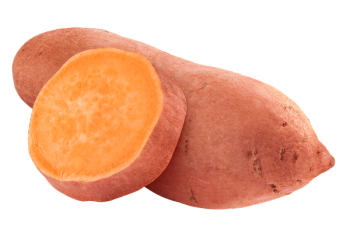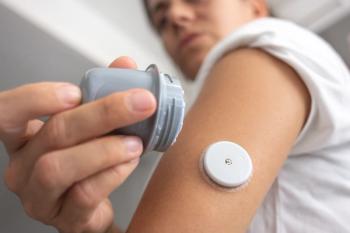
E-Separation Solutions
- E-Separation Solutions-04-21-2011
- Volume 0
- Issue 0
Volatile Extraction
The three main types of volatile extraction techniques are purge & trap, headspace, and thermal desorption equipment.
The three main types of volatile extraction techniques are purge and trap, headspace, and thermal desorption equipment. These systems are often employed as a sampling method for gas chromatography instrumentation but are, on occasion, also used in conjunction with IR detectors, electrochemical sensors of electronic noses, and mass spectrometers.
Worldwide volatile extraction industry distribution, 2010.
Purge and Trap involves the bubbling of an inert gas, such as nitrogen or helium, through an aqueous sample, which liberates the volatile organic compounds (VOCs) that are either dissolved in the sample, or more often, present in a solid sample that is then suspended in the aqueous sample. An inert gas flow then sweeps the gaseous portion of the sample, which contains the VOCs, into a trap that contains absorbent materials that collect and concentrate the VOCs at ambient temperature. In the final step, the trap is heated, and the collected VOCs are thermally desorbed and swept into the GC, or other gas analyzer, again with an inert gas.
Headspace sampling, the liquid sample is sealed in a vial, and the volatile components are allowed to evaporate into the headspace above the liquid in the sample vial until it reaches equilibrium. The sampler then pierces a septum in the cap of the vial and samples the gaseous headspace, which is then injected into a GC, or other gas analysis system.
Thermal desorption involves the use of a desorption tube, through which a known volume of air or gaseous sample is drawn. The desorption tube is packed with any combination of a wide range of absorbent materials that collect VOCs. The desorption tube is then heated, and the VOCs are swept by an inert gas flow into a secondary trap, which may be packed or unpacked, and is often cooled. Finally, the trap is rapidly heated, and an inert gas is used to sweep the VOCs into the GC, or other analyzer.
Since the volatile extraction has a strong association with gas chromatography, its applications are heavily concentrated in the environmental and petrochemicals industries. In fact the environmental testing and the oil and gas industry accounted for 26% and 17% of the 2010 volatile extraction market demand, respectively.
The foregoing data was extracted from a Market Brief published in 2011 entitled Volatile Extraction. For more information, contact Glenn Cudiamat, VP of Research Services, Strategic Directions International, Inc., 6242 Westchester Parkway, Suite 100, Los Angeles, CA 90045, tel. (310) 641-4982, fax (310) 641-8851, e-mail:
Articles in this issue
over 14 years ago
The Next Wave of Hyphenated Techniquesover 14 years ago
The Next Wave of Hyphenated TechniquesNewsletter
Join the global community of analytical scientists who trust LCGC for insights on the latest techniques, trends, and expert solutions in chromatography.





